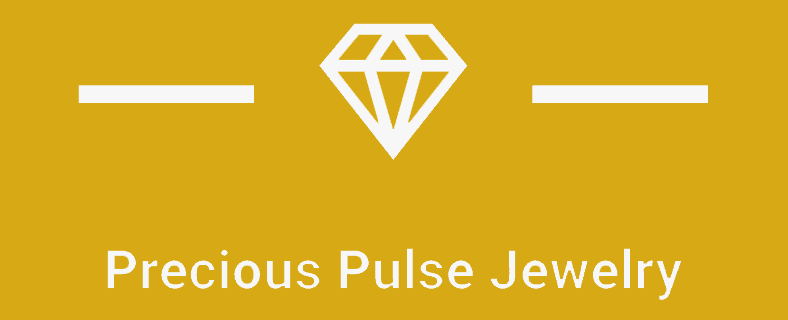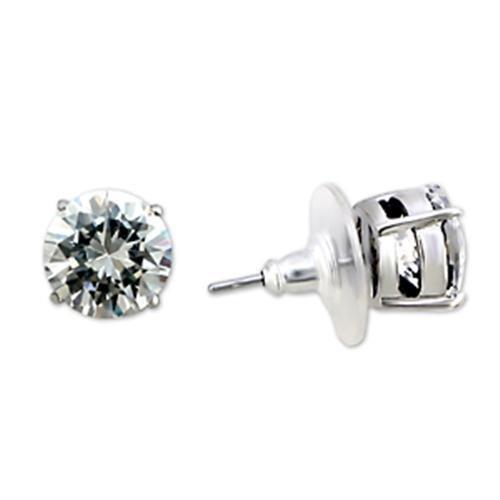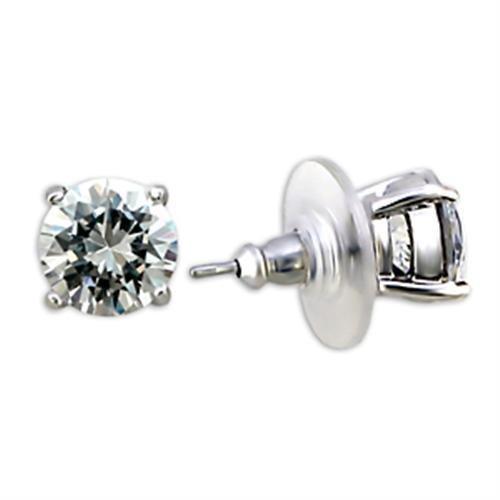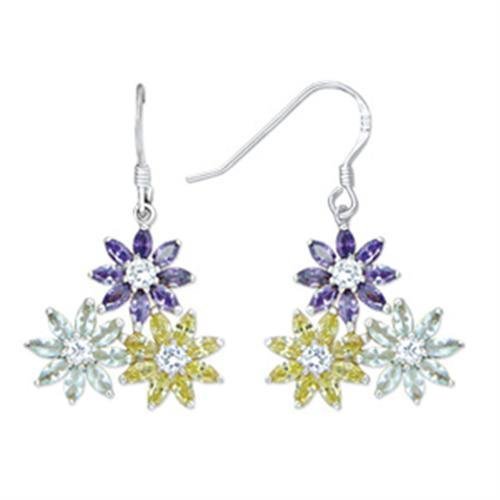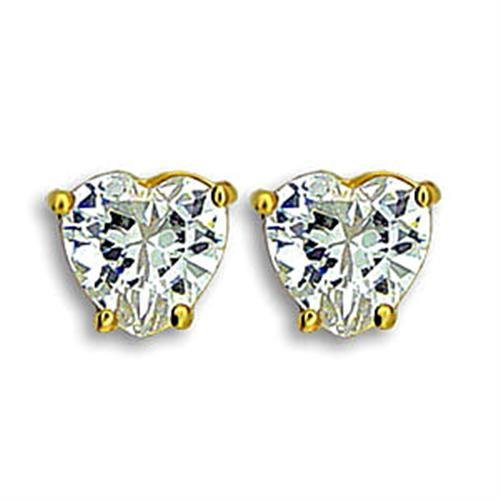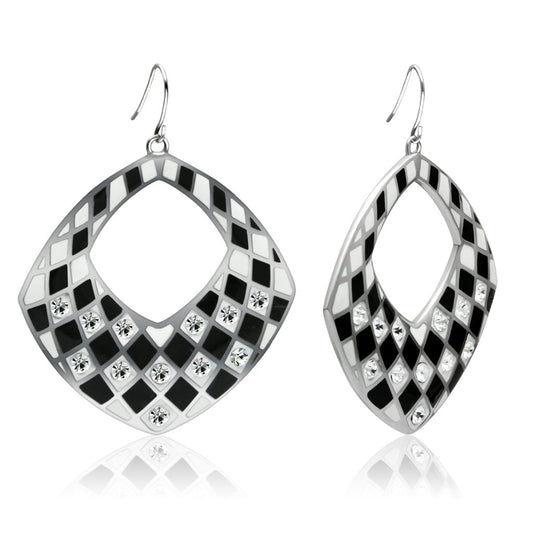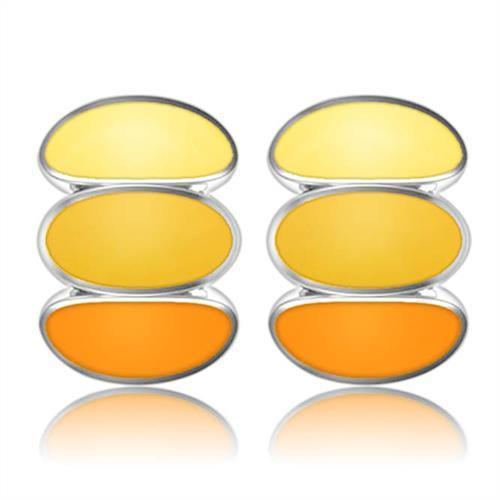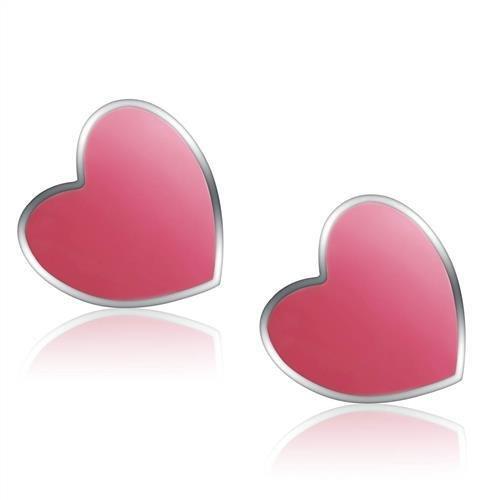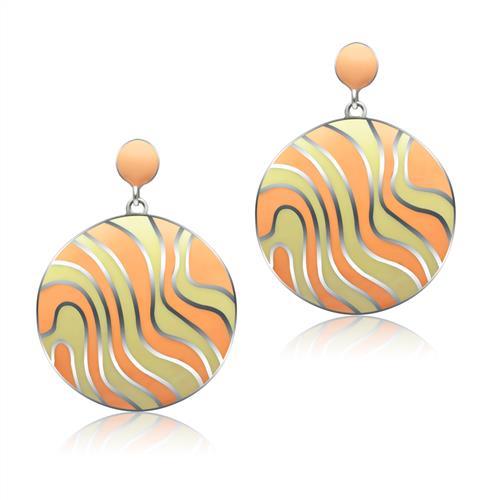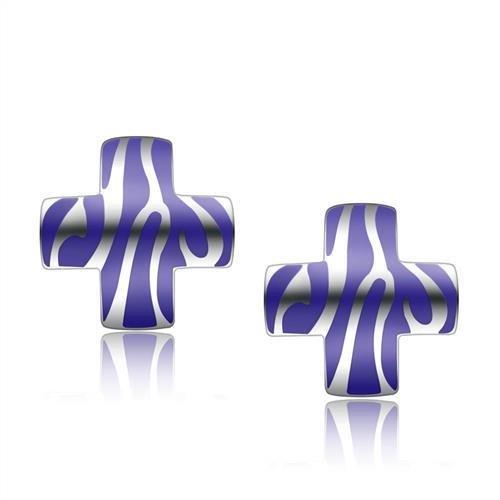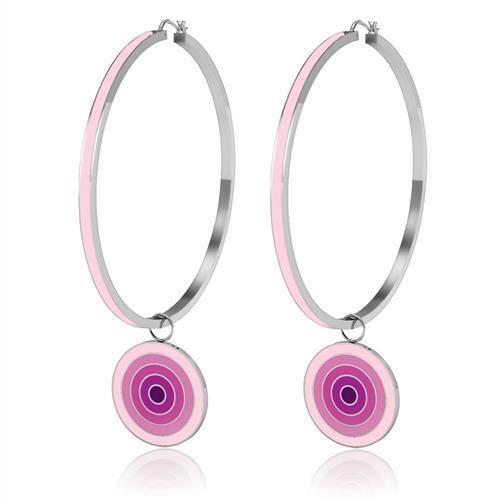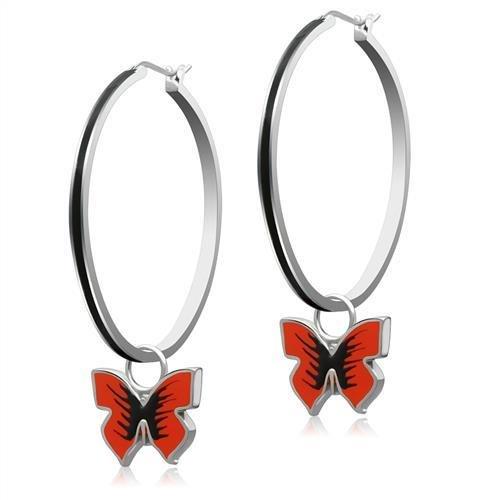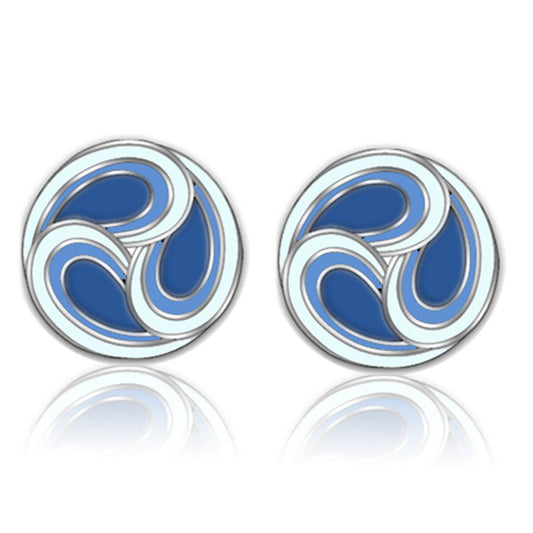An engagement ring is more than just jewelry—it's a symbol of love, commitment, and a lifetime together. But when it comes to selecting the right metal, the decision often boils down to gold or platinum. Each of these metals offers unique benefits in terms of durability, aesthetics, maintenance, and cost.
- Platinum is known for its longevity, hypoallergenic properties, and rich weighty feel, making it an excellent investment piece.
- Gold is a versatile choice, available in yellow, white, and rose variations, offering a timeless appeal with a range of price points.
- White gold presents a brilliant, silvery-white hue with rhodium plating, while yellow gold carries a classic warmth. Rose gold offers a vintage aesthetic with a romantic touch.
- Consider factors like scratch resistance, re-polishing, jewelry maintenance, heirloom quality, and affordability when making your decision.
- Both metals have their advantages, so your choice should align with your lifestyle, personal style, and long-term expectations.
Now, let’s break down the key differences between gold and platinum to help you find the best fit for your engagement ring.
Gold vs. Platinum: Understanding the Basics
Platinum: The Luxury Metal with Lasting Power
Platinum is a rare and exclusive metal, often associated with high-end jewelry and prestige. It is naturally white and does not require additional plating, unlike white gold. A platinum engagement ring is heavier due to its density, giving it a luxurious feel on the finger.
Key Benefits of Platinum:
- Hypoallergenic – Ideal for those with nickel allergies or sensitive skin.
- Durability & Longevity – Platinum is highly resistant to wear and tear, ensuring an heirloom-quality ring.
- Patina & Natural Aging – Over time, platinum develops a soft, matte patina, adding character to the ring.
- Investment-Worthy – With its rarity and high purity (typically 95-98% pure), platinum holds long-term value.
However, platinum is not entirely scratch-proof—while scratches do appear over time, the metal simply shifts rather than being lost. This means that platinum engagement rings can be polished back to a high shine without thinning over time.
Did you know? A platinum ring is significantly heavier than gold due to its density, making it a preferred choice for those who enjoy a weighty, substantial feel on their finger.
Gold: Versatility, Tradition & Timeless Appeal
Gold has been the standard for engagement rings for centuries. The beauty of gold lies in its versatility—it comes in yellow gold, white gold, and rose gold, each offering a distinct aesthetic.
Types of Gold for Engagement Rings:
- Yellow Gold – The purest form of gold, often alloyed with copper and silver for added durability. It offers a rich, warm tone and has been a staple in fine jewelry for generations.
- White Gold – A blend of gold and palladium or nickel, coated with rhodium plating to create a bright, platinum-like appearance. Over time, the rhodium wears off and requires re-plating to maintain its luster.
- Rose Gold – A mix of gold and copper, known for its romantic pink hue. Its vintage aesthetic makes it a trendy alternative to traditional gold and platinum rings.
Gold Karats: 14K vs. 18K vs. 24K
- 14K Gold (58.5% gold) – More durable and scratch-resistant due to its higher alloy content.
- 18K Gold (75% gold) – Richer in color and softer, offering a luxurious touch but requiring more care.
- 24K Gold (99.9% pure gold) – Too soft for daily wear, rarely used in engagement rings.
Pro Tip: If you're considering a gold engagement ring, 14K gold is often the best choice for durability, while 18K offers a richer color with a slightly softer composition.
Durability & Scratch Resistance: Which Metal Holds Up Best?
When it comes to everyday wear, both gold and platinum have pros and cons in terms of durability:
| Feature | Platinum | Gold (14K & 18K) |
|---|---|---|
| Scratch Resistance | Develops a patina, metal shifts rather than being lost | Gold wears down over time; white gold requires re-plating |
| Malleability | Less malleable but retains shape well | More malleable, better for intricate custom jewelry designs |
| Re-polishing Needs | Can be polished without losing metal | Gold wears down slightly with each polish |
| Stone Security | Holds center stone securely over time | Prongs may wear down faster, requiring re-tipping |
For engagement rings with intricate details, gold is often a better choice due to its malleability, allowing jewelers to create handcrafted rings and custom jewelry with finer details. However, platinum offers superior longevity, making it ideal for heirloom-quality pieces.
Looking for a handcrafted or custom engagement ring? Browse our rings collection for exclusive, high-quality designs.
Cost, Maintenance & Long-Term Value – Which Metal Is Right for You?
When choosing between gold and platinum, price and maintenance play crucial roles. While both metals are luxury materials, their costs differ due to availability, durability, and upkeep.
Affordability: Is Platinum or Gold More Expensive?
Platinum is generally more expensive than gold for two main reasons:
- Density & Weight – Platinum is significantly denser than gold, meaning more metal is required to make a ring of the same size.
- Purity – Platinum is typically 95-98% pure, whereas 18K gold is 75% pure and 14K gold is 58.5% pure, making platinum a higher-value material.
Price Comparison of Gold vs. Platinum
| Metal Type | Average Cost | Longevity |
|---|---|---|
| Platinum | Higher upfront cost, but durable | Excellent—lasts for generations |
| 18K Gold | Expensive but more affordable than platinum | Softer, requires more maintenance |
| 14K Gold | Most affordable option | Very durable, great for daily wear |
If budget is a key concern, 14K gold is often the best compromise between affordability and durability. However, if you’re looking for a high-end metal that requires less frequent maintenance, platinum is worth the investment.
Jewelry Maintenance: Caring for Gold vs. Platinum Rings
Proper jewelry care ensures that your engagement ring maintains its brilliance over time. While both gold and platinum require regular cleaning, their maintenance needs differ.
How to Maintain a Platinum Engagement Ring
- Polish the patina if preferred – Over time, platinum develops a matte “patina,” which many people love for its vintage aesthetic. If you prefer a high-shine finish, professional polishing will restore its original luster.
- Regular cleaning – A simple mix of mild soap and warm water will keep platinum rings looking fresh.
- Check prongs over time – Though platinum is highly durable, its prongs should still be inspected periodically for stone security.
How to Maintain a Gold Engagement Ring
- White Gold: Requires rhodium plating every 1-2 years to maintain its silvery-white appearance.
- Yellow & Rose Gold: These require less maintenance than white gold but still benefit from occasional polishing to remove scratches.
- Avoid harsh chemicals – Gold is softer than platinum and can be affected by chemical exposure from lotions, cleaning agents, or chlorine.
Pro Tip: If you’re looking for a low-maintenance option, platinum is the best choice since it never needs re-plating.
Sustainability & Ethical Sourcing: A Responsible Metal Choice
As eco-friendly jewelry gains popularity, considering a metal’s environmental and ethical impact is important.
- Platinum mining has a significant environmental impact due to the rarity of the metal. However, it is often sourced responsibly due to its value.
- Gold sourcing varies—recycled gold and fair-trade gold are great alternatives for those seeking a more sustainable engagement ring.
- White metal alternatives such as palladium can be a more affordable and eco-conscious option.
If sustainability is a key factor, be sure to research ethical sourcing practices when selecting your engagement ring metal.
Gold vs. Platinum: Which Is Right for You?
Choose Platinum If You Want:
✔ A luxury metal with heirloom quality – Platinum is rare, exclusive, and holds its value over time.
✔ Hypoallergenic jewelry – Perfect for those with nickel allergies or sensitive skin.
✔ A naturally white metal – No need for rhodium plating or re-polishing to maintain color.
✔ Stone security – Its dense structure keeps center stones more secure over the years.
✔ Minimal maintenance – While it develops a soft patina, it doesn’t require frequent upkeep.
Choose Gold If You Want:
✔ A more affordable option – 14K or 18K gold provides luxury at a lower price point.
✔ A variety of colors – Yellow gold, white gold, and rose gold offer different styles.
✔ A lighter-weight ring – Gold is less dense than platinum, making it more comfortable for some.
✔ Easier resizing & repairs – Gold’s malleability makes it better for custom jewelry designs.
✔ A warm, classic aesthetic – Yellow gold is a timeless choice, while rose gold offers a romantic, vintage feel.
Pro Tip: If you love the white metal look but want a more budget-friendly alternative to platinum, white gold is a great option—just keep in mind it will require rhodium plating over time.
Trends & Timeless Styles: What’s Popular Right Now?
Engagement ring trends shift over time, but certain metals remain classics.
- Platinum remains the top choice for high-end, heirloom-quality rings.
- Yellow gold is making a major comeback, especially in vintage-inspired designs.
- White gold continues to be a popular alternative to platinum due to its affordability.
- Rose gold has surged in popularity for those who love a romantic, unconventional aesthetic.
Regardless of trends, the best metal for your engagement ring is the one that aligns with your personal style and daily lifestyle.
Final Thoughts: Making the Best Choice for Your Forever Ring
Both gold and platinum offer unique advantages, and there’s no single "right" choice. Think about how you wear your jewelry, your budget, and how much maintenance you're willing to do before making your decision.
If you’re ready to explore handcrafted engagement rings in gold and platinum, check out our exclusive ring collection to find the perfect match.
Whichever metal you choose, your engagement ring should be as timeless and strong as your love.
Frequently Asked Questions (FAQ) – Gold vs. Platinum for Engagement Rings
Here are answers to some of the most commonly asked questions about gold vs. platinum engagement rings that haven’t been covered in detail in the main article.
1. Which metal is better for everyday wear—gold or platinum?
Platinum is more durable and retains its metal volume over time, making it ideal for daily wear. However, 14K gold is also a strong option if you prefer a lighter, more affordable ring that can withstand everyday activities.
2. Does platinum ever tarnish or change color?
No, platinum does not tarnish or fade. Unlike white gold, which requires rhodium plating to maintain its bright color, platinum is naturally white and retains its hue indefinitely.
3. Why is platinum more expensive than gold?
Platinum is denser than gold, meaning more material is required to craft a ring of the same size. It is also rarer and usually 95-98% pure, whereas gold is alloyed with other metals to increase strength, making it a more cost-effective option.
4. Is platinum really scratch-proof?
No, platinum is not scratch-proof—but when it is scratched, the metal is displaced rather than lost, allowing it to be polished back to its original finish. Over time, platinum develops a patina, which some people love for its antique feel.
5. Which metal is better for people with sensitive skin?
Platinum is the best choice for sensitive skin because it is naturally hypoallergenic and contains no nickel. White gold, especially 14K, may contain nickel, which can cause skin irritation in some individuals.
6. Can you resize a platinum engagement ring?
Yes, but platinum is more difficult to resize than gold because of its density and high melting point. If you anticipate needing resizing in the future, gold may be the more practical choice.
7. How often does white gold need to be re-plated?
White gold requires rhodium plating to maintain its bright silver color. On average, white gold rings need re-plating every 1-2 years, depending on wear and exposure to chemicals.
8. Is one metal better for intricate ring designs?
Yes, gold (especially 14K) is more malleable, making it easier to shape into intricate, handcrafted rings. Platinum is stronger but less malleable, meaning very delicate designs may be more challenging to craft in platinum.
9. Which metal is better for securing diamonds and gemstones?
Platinum is the better choice for stone security because of its density and strength. The prongs holding a diamond or gemstone in a platinum setting are less likely to bend or wear down over time compared to gold prongs.
10. Does choosing platinum over gold increase the ring’s value over time?
Platinum retains its value due to its rarity and purity, but gold has historically been a stronger long-term investment because its price fluctuates based on market demand. If investment value is a major factor, both metals hold their worth, but gold is often more liquid in resale markets.
